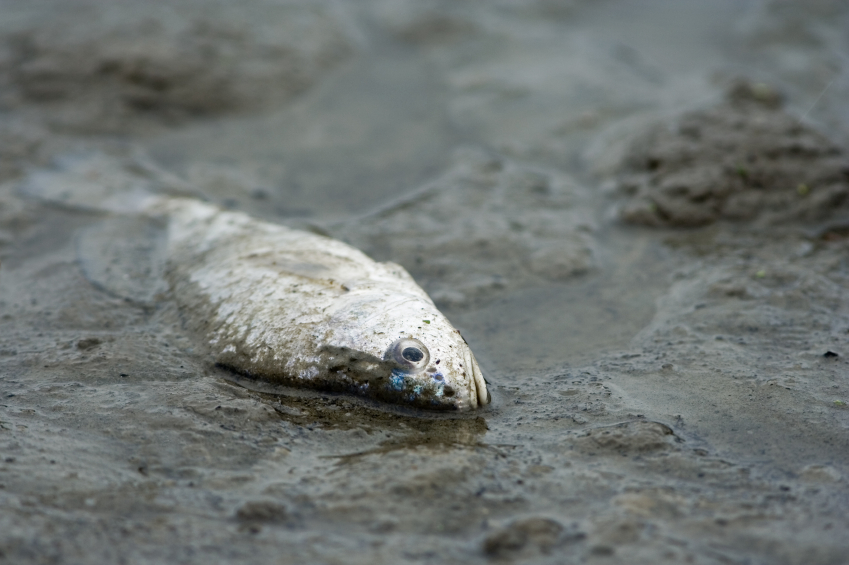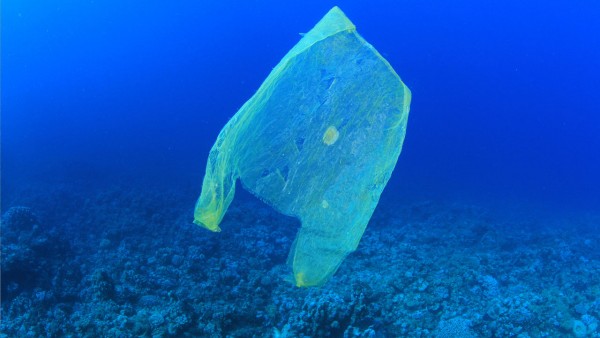Propoxur — toxicity, side effects, diseases and environmental impacts
11/29/2017 / By Zoey Sky

Propoxur is an N-methylcarbamate insecticide and acaricide. It is used for both agricultural and public health purposes, and it is usually applied by spraying or as a dust. The agricultural crop applications of propoxur include sugar cane, cocoa, grapes and other fruit, maize, rice, vegetables, cotton, lucerne, forestry, and ornamentals.
Propoxur appears as a white to cream-colored crystalline solid. Its chemical name is 2-isopropoxyphenyl methylcarbamate, and its CAS number is 114-26-1. The molecular weight of propoxur is 209.25. Propoxur is soluble in most polar organic solvents such as acetone, methanol, cyclohexanone, chloroform, and toluene.
Propoxur is also known as Bay 9010, Baygon, Bayer 39007, Blattanex, Bolfo, BO Q 5812315, OMS 33, PHC (JMAF), Pillargon, UN Carbamate, Tugon, Unden, and Undene.

List of known side effects
Propoxur is toxic if swallowed. It can cause eye irritation and may cause respiratory irritation. Propoxur may cause drowsiness or dizziness. It is suspected of causing genetic defects, cancer, and damaging fertility or the unborn child. Propoxur can cause damage to organs through prolonged or repeated exposure. It is very toxic to aquatic life with long-lasting effects.
Chronic (long-term) inhalation exposure of propoxur has resulted in depressed cholinesterase levels, headaches, vomiting, and nausea in humans. Chronic ingestion studies in animals have reported depressed cholinesterase levels, depressed body weight, effects to the liver and bladder, and a slight increase in neuropathy.
No information is available on the reproductive, developmental, or carcinogenic effects of propoxur in humans. Mixed results are available from cancer studies of propoxur in animals. The U.S. Environmental Protection Agency (EPA) has not classified propoxur for carcinogenicity
Body systems affected by propoxur
If ingested or swallowed, propoxur can negatively affect the following target organs: respiratory and central nervous system, liver, kidneys, gastrointestinal tract, and blood cholinesterase.
Items that can contain propoxur
Propoxur is an insecticide and acaricide used on a wide range of pests, such as those that cause damage via sucking and chewing. It is also used for flea control on domestic pets. Propoxur is used to control pests like cockroaches, flies, mosquitoes, fleas, ticks, aphids, and leaf hoppers.
It is applied on ornamentals, lawns and turf, and glasshouse crops like tomatoes and cucumbers. However, Aedes aegypti, Amblyseius potentillae, Anopheles albimanus, Anopheles atroparvus, and Anopheles funestus are resistant to the insecticide.
How to avoid propoxur
When using propoxur, always wear the items of protective clothing that the label requires such as non-absorbent gloves (not leather or fabric), rubber footwear (not canvas or leather), a hat, goggles, or a dust-mist filter. If there are no specific clothing listed, gloves, long-sleeved shirts and long pants, and closed shoes are recommended.
For the indoor application of propoxur, if the label directions permit, leave all windows open and fans operating after the application is completed. If the pesticide product is only effective in an unventilated (sealed) room or house, do not stay inside. Take all pets outdoors, and make sure that you and your family leave all the treated areas for at least the length of time prescribed on the label.
Apply propoxur via surface sprays only to limited areas such as cracks, and don’t treat entire floors, walls, or ceilings. Don’t let propoxur get on any surfaces that are used for food preparation. Wash any surfaces that may have propoxur residue before placing food on them.
Where to learn more
- 11 Common Cancer-causing Household Items To Remove From Your Home
- Poison.news
- Chemicals.news
- Toxins.news
- Pesticides.news
Summary
Propoxur is an N-methylcarbamate insecticide and acaricide.
Propoxur can negatively affect the respiratory and central nervous system, liver, kidneys, gastrointestinal tract, and blood cholinesterase.
Propoxur is used on pests that cause damage via sucking and chewing such as cockroaches and flies.
Sources include:
Tagged Under: propoxur



















